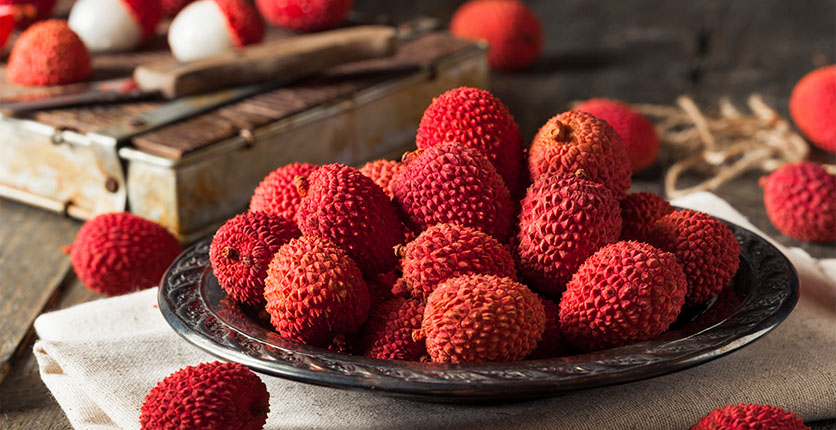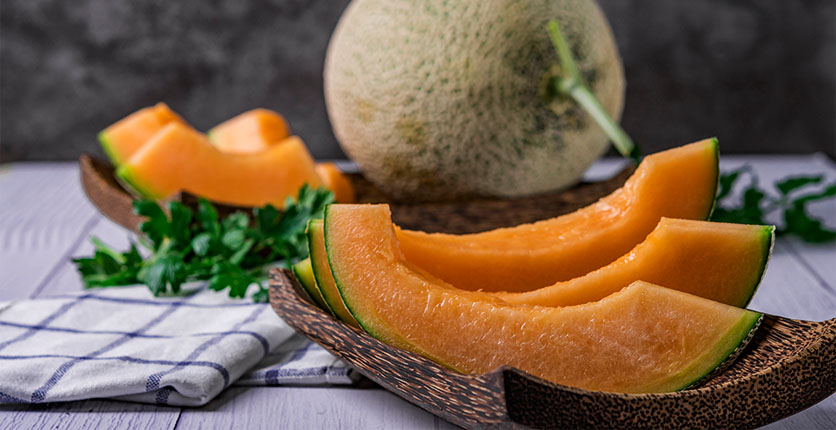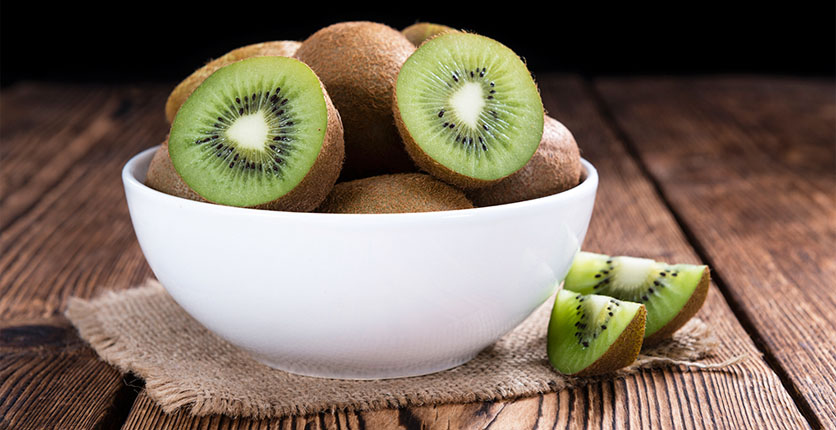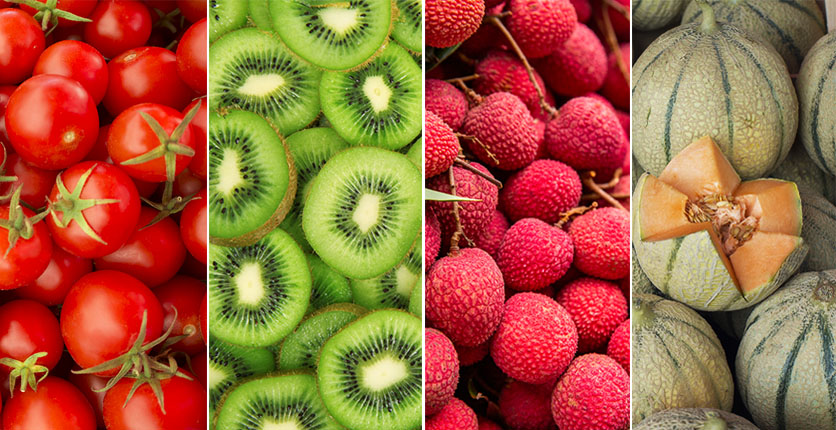As Singapore undergoes some cold weather, it’s time to take stock of your health and fill up on your Recommended Dietary Allowance (RDA) of vitamin C (just FYI, it’s about 90-105 milligrams for men above 19 years of age, and about 75-85 milligrams for women). While it may not be a foolproof preventive remedy against the common cold or influenza, vitamin C is known for many health benefits: acting as an antioxidant that neutralises cell-damaging free radicals that contribute to disease and the aging process; aids in promoting the growth and repair of body tissues; and helps to increase bodily resistance to conditions related to anemia, wounds and infections.
Problem is, our bodies can neither make vitamin C on their own nor store them. While it may be convenient to pop a multivitamin, it is much more nutritious to eat vitamin C-filled fruits instead. Instead of just settling for the usual citrus suspects of lime, lemon, orange and grapefruit as well as the old assortment of berries, why not try these lesser known fruity “sidekicks” that pack their own potent punch?

Tomatoes
Is the tomato a fruit, a vegetable, or maybe, a “fruit-table”? While most foodies will treat the tomato as a red vege, botanically and scientifically speaking, the tomato is a fruit as it grows on a seed plant as an edible reproductive body (meaning it contains seeds).
Now that this question’s out of the way, here are three reasons why you should throw some tomatoes into your diet: vitamins C and B-9 (also known as folate), and the antioxidant lycopene. Depending on its colour type – orange, yellow, green or even purple – one medium-sized tomato can contain anywhere from 9 to 23 milligrams of vitamin C (which is about 20% of a healthy adult’s daily requirement), the lycopene and folate that this juicy fruit also has, can help reduce risks of heart disease and cancer. If you still can’t treat them as fruits and eat them whole, try mixing a couple with other fruits such as apples and oranges to make a blended drink, or just have them sliced with your salads or sandwiches as usual.

Photo: Shutterstock
Lychees
You may be surprised to learn that though it is not a citrus fruit (it’s from the soapberry family), one humble lychee provides 7 milligrams of vitamin C, meaning that a bunch of 15 can easily top your daily recommended intake of the vitamin! Also, since lychees contain omega-3 and omega-6 fatty acids, they can help ease inflammation and lower risk of heart disease respectively. They are also power-packed with antioxidants, flavonoids (plant compounds) and anthocyanins (pigment compounds), that can help with supporting long-term health, and aid in cancer and heart disease prevention. As lychees are naturally sweet, it’s best to eat them freshly peeled, or have these pulpy fruits in salads or accompanying a savoury main dish to add some extra sweetness and chewiness.

Cantaloupes
This musk melon may not be an immediate choice when it comes to picking a favourite fruit to eat, but it’s time for a rethink. This round “ball” is bursting with goodness: In addition to vitamin C, it is also chock-full of vitamin A (in the form of beta carotene), the mineral potassium (that helps your muscles work) and niacin (vitamin B3 that helps turn the food you eat into energy). Its concentration of beta-carotene (the red-orange pigment found in fruit that the body converts to vitamin A) can more than rival that of oranges and even carrots – meaning it is great for your eye, immune system and reproductive health. Since it is sweet yet low in calories, it is easy to polish off a cup of orange cubed cantaloupe bought off a stall without feeling guilty. Or, you can choose to purchase a whole one from the supermarket to cut up and share with family as an after-meal dessert.

Kiwi Fruits
What these green Chinese gooseberries (as New Zealanders have nicknamed this native fruit of China) are purported to help do aside from boosting immunity: lower blood pressure and cholesterol, and reduce oxidative stress (the imbalance between free radicals and antioxidants in the body). As it is, this fuzzy fruit holds almost twice the amount of vitamin C (about 60 milligrams) as an orange does, while packing in as much potassium as a banana with half the number of calories. Studies have shown that eating kiwi fruits can aid in relieving cold symptoms, resolving coughs and shortening illness durations. Start munching stat when you start feeling under the weather, by having one on its own in sliced portions or with nuts and other fruits in a fruit salad.
Featured image: Shutterstock







